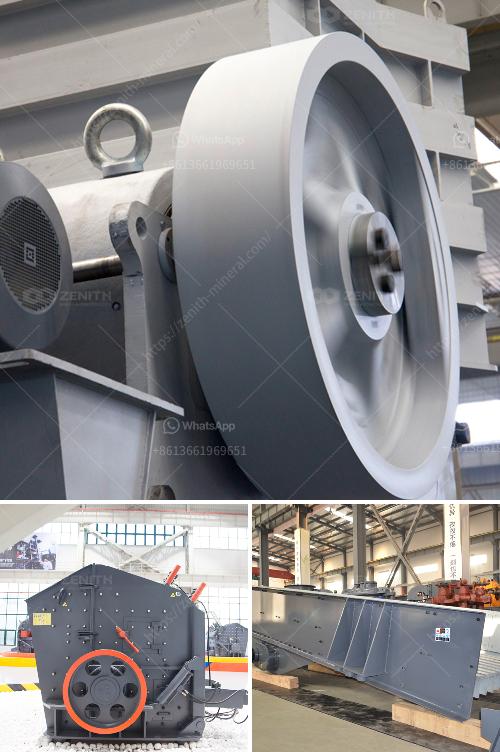To make limestone powder using a ball mill, you need to follow a series of steps that involve the preparation of the limestone, the setup of the ball mill, and the milling process itself. Here is a detailed guide on how to achieve this:
1. Preparation of Limestone
a. Selection of Limestone:
- Choose high-quality limestone with a high calcium carbonate content. The purity of the limestone will affect the quality of the final powder.
b. Crushing:
- Crush the limestone into smaller pieces using a crusher. The size of the limestone pieces should be small enough to be fed into the ball mill. Typically, pieces should be less than 2 inches in diameter.
2. Setup of the Ball Mill
a. Equipment:
- Ensure you have a ball mill that is suitable for grinding limestone. The ball mill should have a rotating drum filled with steel or ceramic balls that act as the grinding media.
b. Loading the Mill:
- Load the crushed limestone into the ball mill. The amount of limestone should be enough to fill the mill to about 30-40% of its capacity. This allows for efficient grinding.
c. Adding Grinding Media:
- Add the grinding media (steel or ceramic balls) to the mill. The quantity of balls should be sufficient to cover the limestone but not so much that it hinders the movement of the balls.
3. Milling Process
a. Setting the Mill:
- Set the ball mill to the desired speed. The speed should be high enough to ensure effective grinding but not so high that it causes excessive wear on the mill and the grinding media.
b. Grinding:
- Start the ball mill and let it run for a period of time. The duration of the grinding process will depend on the desired fineness of the limestone powder. Typically, this can range from a few hours to several days.
c. Monitoring:
- Periodically check the progress of the grinding. You can do this by stopping the mill and taking a small sample of the powder. Use a sieve to check the particle size distribution. Continue grinding until the desired fineness is achieved.
4. Post-Milling Process
a. Unloading the Mill:
- Once the desired fineness is achieved, stop the ball mill and carefully unload the limestone powder. Be cautious as the powder may be hot due to the grinding process.
b. Sieving:
- Sieve the limestone powder to remove any oversized particles. This ensures that the final product is of uniform size.
c. Storage:
- Store the limestone powder in a dry, airtight container to prevent moisture absorption and contamination.
Safety Considerations
- Personal Protective Equipment (PPE): Always wear appropriate PPE, such as gloves, safety goggles, and a dust mask, to protect yourself from dust and debris.
- Ventilation: Ensure the milling area is well-ventilated to avoid inhaling fine limestone dust.
- Equipment Maintenance: Regularly inspect and maintain the ball mill and other equipment to ensure safe and efficient operation.
By following these steps, you can effectively produce limestone powder using a ball mill. The key is to ensure proper preparation, setup, and monitoring throughout the milling process to achieve the desired quality and fineness of the powder.

